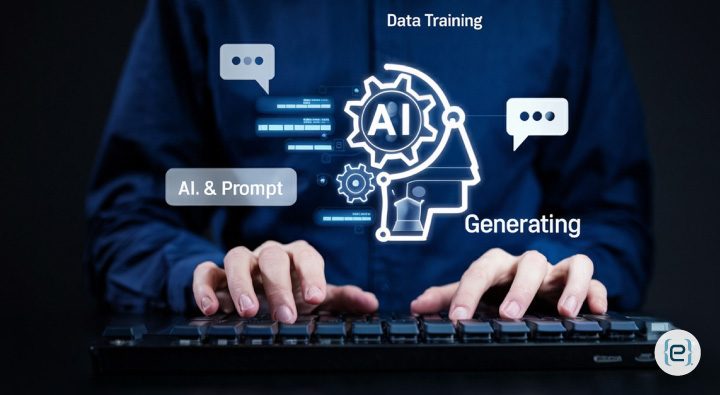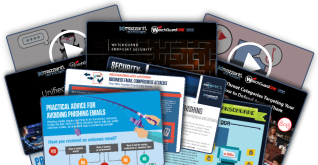Let’s get honest about training AI models. If you imagine a smooth, magical process, think again. My first attempt? Picture a laptop fan screaming, code throwing errors I’d never seen, and me googling “why is my AI predicting everything is a cat?” Welcome to the real world of machine learning.
The Building Blocks of AI Training
Every successful AI project starts with the right ingredients:
- Good data: Clean, diverse, and accurately labeled—your model is only as smart as your data.
- Clear objectives: Know exactly what you want your AI to do before you start.
- Computing resources: Your laptop may not cut it.
- Patience and persistence: Prepare for setbacks and surprises.
- Debugging and validation: Testing, testing, and more testing.
- Optimization and error handling: Fine-tuning is never-ending.
- Coffee: Lots of it.
After my first machine learning course, I thought I’d build a simple image recognition model. I grabbed some photos, threw them at TensorFlow, and waited for magic. Spoiler: magic didn’t happen.
Data: The First Hurdle
Lesson one: garbage in, garbage out. My personal photo collection—500 pictures of my dog in Halloween costumes—wasn’t exactly a balanced dataset. Who knew? Last month, I spent three days cleaning data for a sentiment analysis model. Someone had labeled “This product is awful!” as positive sentiment. No wonder my model thought everyone loved everything.
If your organization is struggling with data quality or security, data quality and security is a challenge we help clients overcome every day.
Hardware and Cloud Computing: The Reality
Remember when I thought I could train a decent model on my laptop? That poor machine sounded like it was planning to launch into space. Now I know why cloud computing exists—and why explaining those AWS bills to accounting is a rite of passage.
If you’re considering scaling up your AI efforts, partnering with a provider who understands cloud computing challenges and opportunities can save you from expensive mistakes.

Learning Rates, Feature Engineering, and Overfitting
Picking learning rates is like teaching a toddler: too fast and it’s chaos, too slow and you’ll be at it forever. I found the sweet spot through trial and error—mostly error. Feature engineering was another adventure. Once, I forgot to normalize data for a house price prediction model. The AI valued a bathroom higher than the entire neighborhood. Oops.
Then there’s overfitting. My model once performed perfectly on training data—suspiciously perfect. It had memorized everything, not learned patterns. Like the student who recites the textbook but doesn’t understand the subject.
Testing, Architecture, and Documentation Drama
Validation is crucial. My “highly accurate” model crumbled on real-world data. Now, I split my data properly and trust nothing until it’s proven in the wild. As for neural network design, adding layers just because “deeper is better” doesn’t always work. Sometimes, simple wins.
Documentation is your best friend. Write down every parameter, every change, every weird error. Trust me, three months later you won’t remember what “that one model that worked” did differently.
Hyperparameters, Transfer Learning, and Deployment
Tuning hyperparameters? It’s like finding the perfect office temperature. Impossible, but you keep trying. After building a grid search that ran for days, I learned to appreciate pre-trained models. Why reinvent the wheel when someone’s already built a rocket ship? Just make sure you know what the original model was trained for—learned that the hard way.
Deploying models is its own adventure. What works in development can break in production. Real-world data is always messier than your curated training set.
Final Thoughts: Start Small, Document Everything, and Back Up
Training AI isn’t just about algorithms. It’s about patience, persistence, and humility. Sometimes your model will make predictions that make no sense—and that’s okay.
My advice for you? Start small. Really small. Like, “is this image a hotdog or not a hotdog” small. Document everything. Never trust a model that seems too good to be true. And please, back up your training data. There’s nothing like losing weeks of labeled images because you thought cloud backup was “updating automatically.” Ask me how I know.
If you’re looking to bring AI into your business but want to avoid these common pitfalls, contact eMazzanti today to learn how we can help you build, train, and deploy AI models the right way—so you can focus on results, not troubleshooting.







